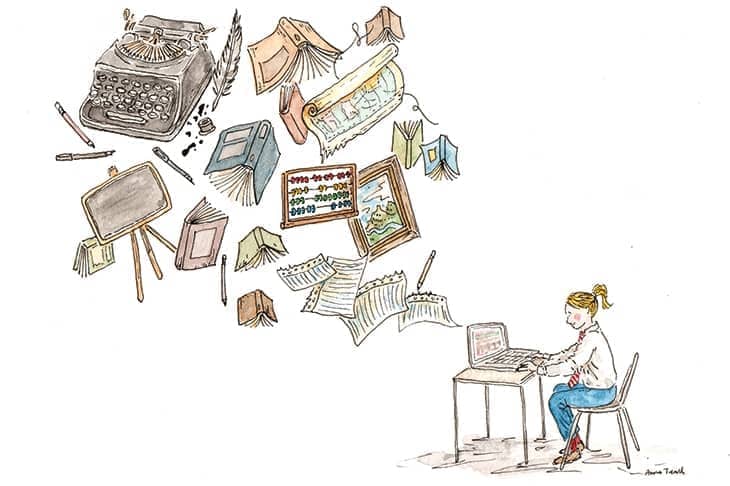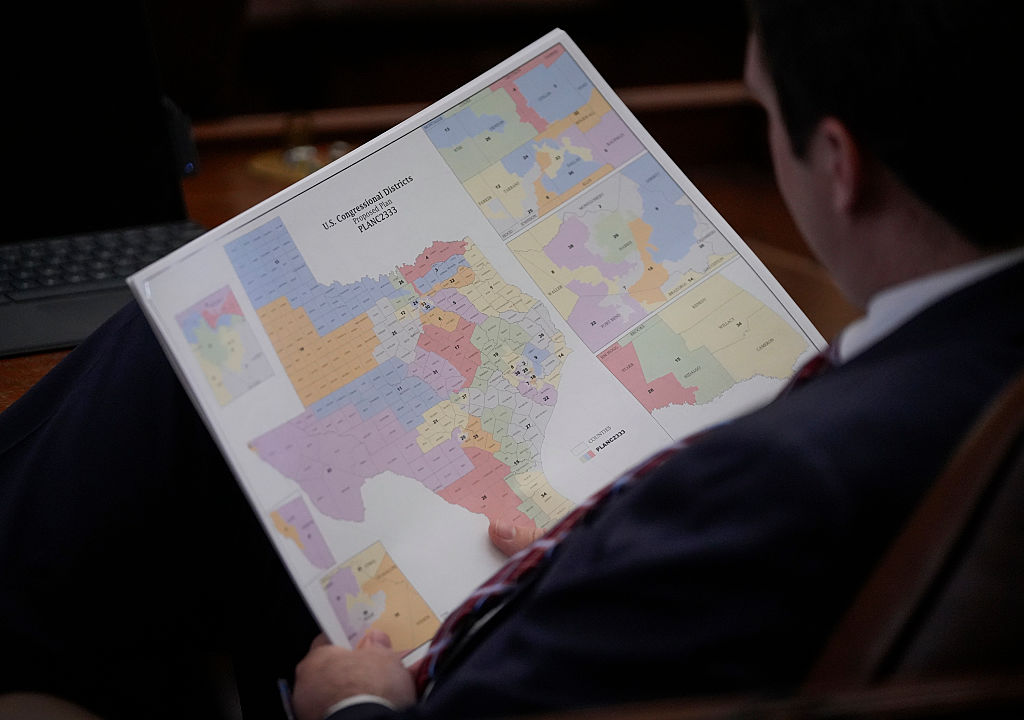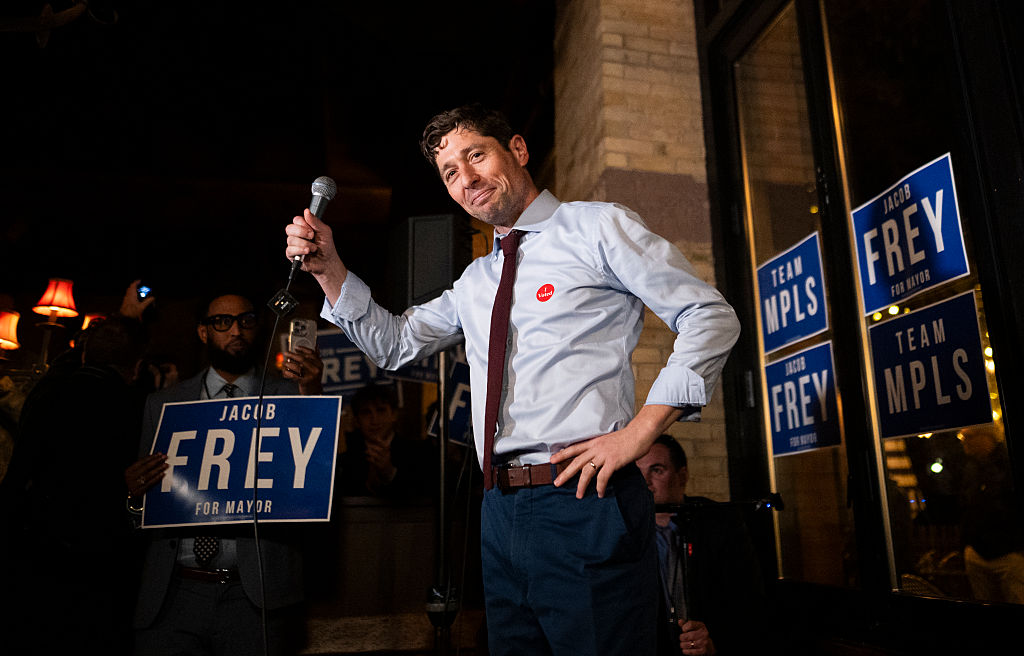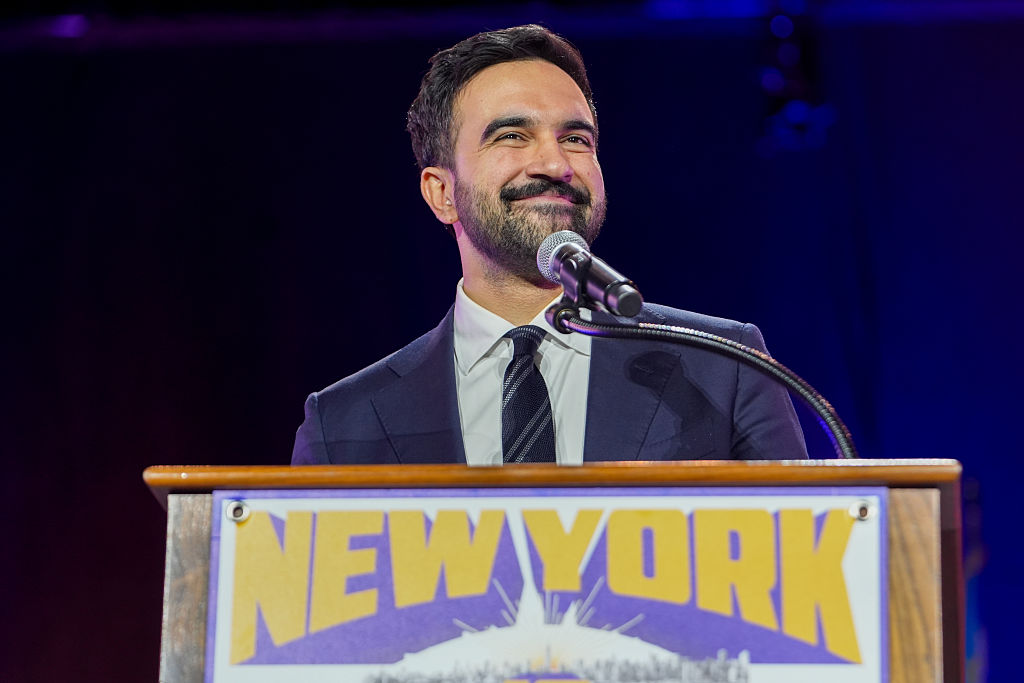The new school year is just a few weeks away, and that can only mean one thing: right on cue, school districts are once again bemoaning a “lack of funding.”
It’s the same story every year. Along with notices advertising the local high school drama department’s production of Grease come headlines announcing the school district is in dire straits and schools will literally fall to pieces if they aren’t pumped full of life-saving funding, stat. Year after year, it’s the same old song and dance: school funding increases, and the next year they need even more. Why is it never enough, though, and where does all the money go?
At the beginning of August here in Pennsylvania, for instance, House Democrats embarked on an SOS — Save Our Schools — tour, alleging the state’s public schools are “unfairly funded.”
“House Democrats have passed a series of bills that address education issues — balancing out funding for school districts, fixing crumbling schools and stopping the abusive cyber charter school reimbursement,” State Representative Ryan Bizzarro said in a press release. “They all sit in the Senate, ignored by an indifferent group of the Harrisburg establishment who worry more about special interests than the future of our children — all of our children. It’s time to Save Our Schools. We need to demand more from our government.”
Our government is generally more than happy to assent to demands for “more” — and that’s just what the Democrats got this year. The 2023-24 fiscal year’s Basic Education Funding appropriation price tag grew to $7,872,444,000 this year, which is, according to state website, “a $792,365,000 (10.07 percent) increase over the 2022-23 fiscal year appropriation.”
When I challenge proposed tax increases at the local level, school board members will tell me, “Well, everything’s gone up for the district this year — our insurance, the price of food, fuel, etc.” (as if it hasn’t gone up for the rest of us). Even if this were a justifiable reason to “demand more” (rather than simply a result of left-wing policies), a 10 percent increase outpaces even the worst of Bidenomics’ inflation numbers.
Never mind the real numbers (these people’s accounting skills explain why US reading and math scores have dropped to the “lowest level in decades”).
“Put simply, if you care about children, your actions need to line up with your soundbites,” said Representative Jordan Harris, whose flair for theatrics could surely land him the lead role of Danny Zuko. “If you care about children, if you care about your neighbors, if you care about your state’s ability to attract businesses and hire skilled workers, you must fairly fund all schools. House Democrats are here with the backing of a court ruling that says we need to address inadequate funding across the state…”
I must agree with Harris on this one. The funding is, indeed, “inadequate,” because it’s mostly spent on nonsense. Larry Sand, a former classroom teacher and president of the non-profit California Teachers Empowerment Network, explains:
Kennesaw State University economics professor Benjamin Scafidi finds that the number of teachers increased nationwide about 2.5 times faster than the uptick in students between 1950 and 2015. Even more egregious is the fact that the hiring of other education employees — administrators, teacher aides, counselors, social workers, etc. — rose more than seven times the increase in students. Scafidi writes, “If the increase in ‘all other staff’ alone had matched student enrollment growth between FY 1992 and FY 2015 — the most recent staffing data available — then a cautious estimate finds American public schools would have saved almost $35 billion in annual recurring savings. That is $35 billion every single year from 1992 to 2015, for a cumulative total of $805 billion over this time period.”
Are all these extra administrators worth it? Those plummeting test scores would imply no — but then, of course, increased education funding isn’t about education at all, but about growing the coffers and power of the teachers’ unions.
As Sand noted at the time, the unions really let their greed shine during the height of the Covid pandemic, when the National Education Association (NEA) demanded “policymakers must invest not only in education but also in addressing issues surrounding education: mortgage and rent cancellation for families in economic crisis; school-based community food programs; increased local hiring to provide jobs for unemployed adults; home broadband Internet and computer device access for all individuals; and a more robust public health infrastructure that includes programs like basic health screenings and widespread access to community-based mental health services.”
And you thought the NEA’s administrator army was bad enough.
Still, for all the government schools’ projected infallibility and fund-no-matter-whatness, there are some silver linings. Facing another “budget crisis” this year, the Seattle School District has been forced to downsize its central office, and EdWeek reports, “Dozens of districts across the country have in recent months put administrative jobs on the chopping block.”
What’s more, in his tired tirade, Harris inadvertently got something else (almost) right: “A child’s dreams should not be determined by the address where they go to bed at night.” (“A” child, where “they” go to bed… how about them reading scores!) Education choice, a policy that enables funding designated for government schooling to “follow the child” to the education method of the family’s choosing, thereby cutting the ties that bind the child’s dreams to the address where he or she goes to bed at night. Education choice programs benefit student outcomes, as well as taxpayers and school districts. The Commonwealth Foundation reports:
- A 2021 EdChoice study examined 40 private school choice programs across nineteen states and found significant fiscal savings for taxpayers. These school choice programs saved a cumulative $12.4 billion to $28.3 billion, or on average, $1.80 to $2.85 for every dollar spent on the programs. Taxpayers incurred savings when students switched to school choice programs, which are much less expensive than public school education
- An economic impact analysis by Corey DeAngelis found that expanding Pennsylvania’s tax credit scholarship program would generate billions of dollars in long-run savings. DeAngelis estimates that a $100 million increase in tax credit scholarships would result in $3 billion in economic benefits from higher lifetime earnings
- Another EdChoice report, published in 2022, found that twenty-five out of twenty-eight studies concluded that school choice programs improve the academic outcomes of public school students, while sixty-eight of seventy-three studies found positive fiscal benefits for school districts and taxpayers. By exerting competitive pressure on public schools, school choice programs benefit participants and public school students alike
Take it from someone who attended a school where the teachers (most of whom had been there their whole careers) were paid poverty wages, the textbooks were ancient and the computer lab worthy of the Smithsonian: it doesn’t cost that much to provide a child with a great education. Education choice proponents know this. Heck, even the Democrats in bed with the teachers’ unions know this; they’re just unwilling to bite the hand that feeds their campaigns. The good news. though, is that more people are realizing that alternatives exist — and are seizing them with gusto.

























